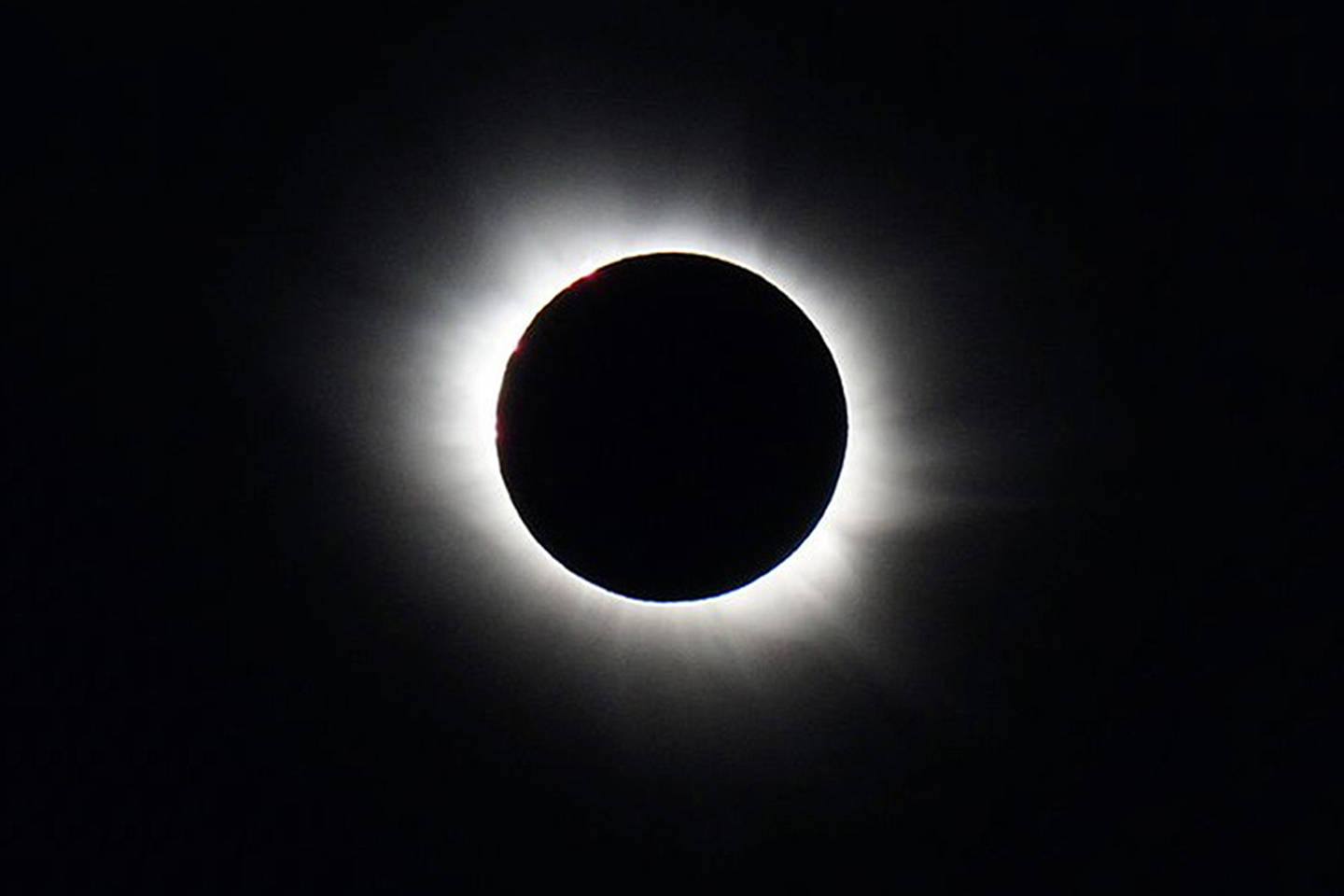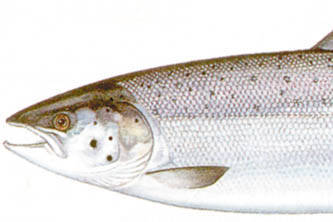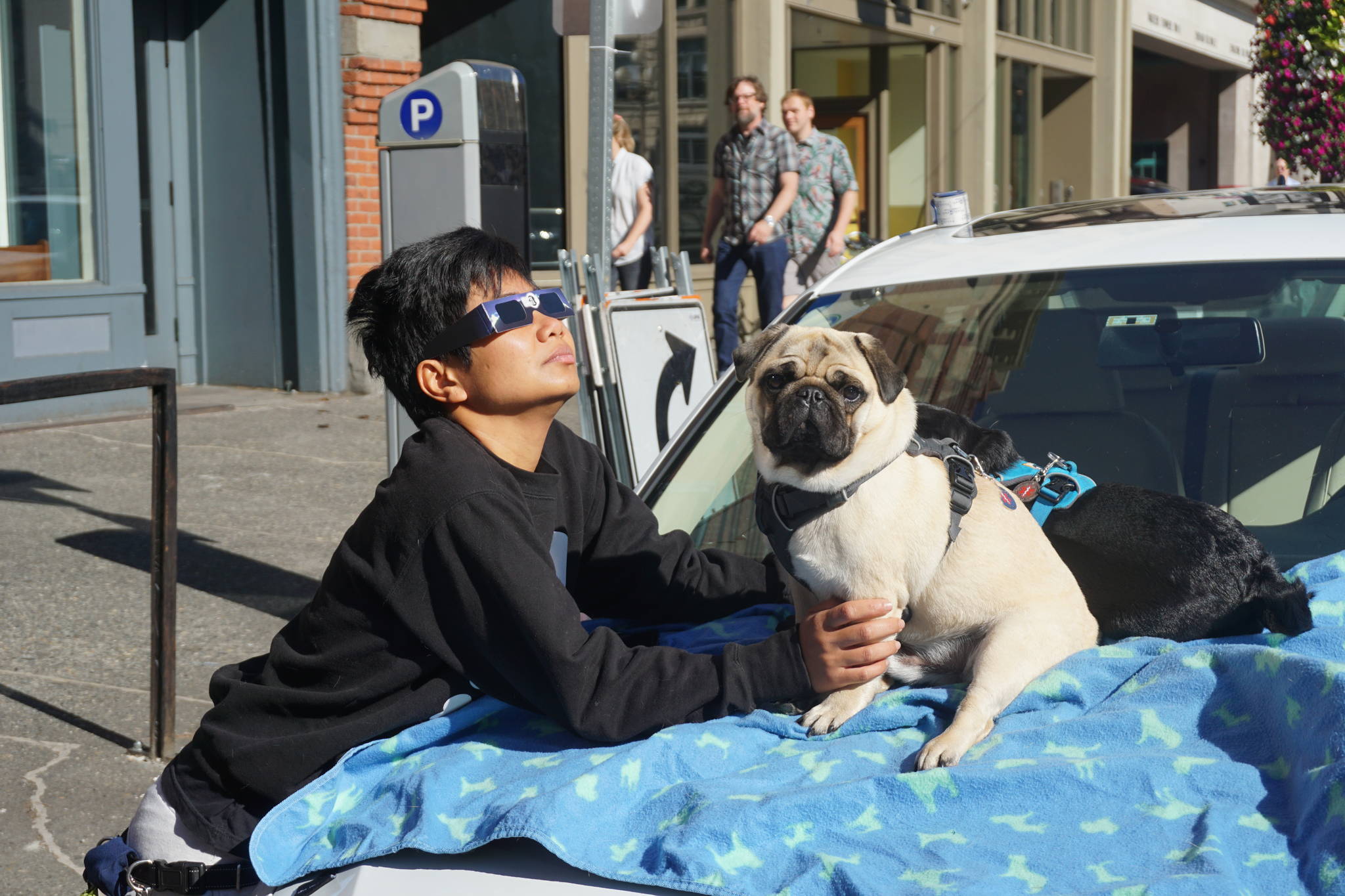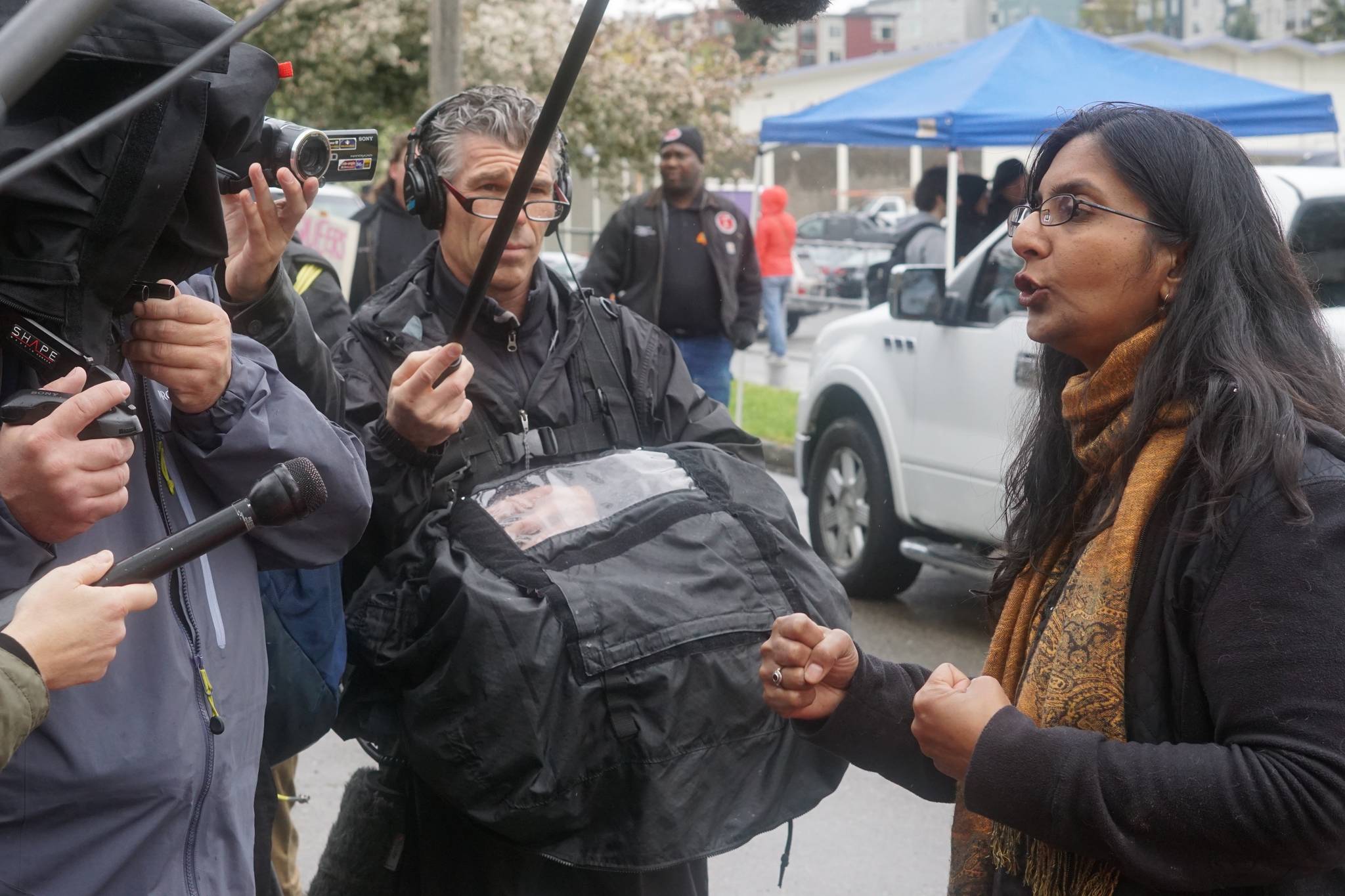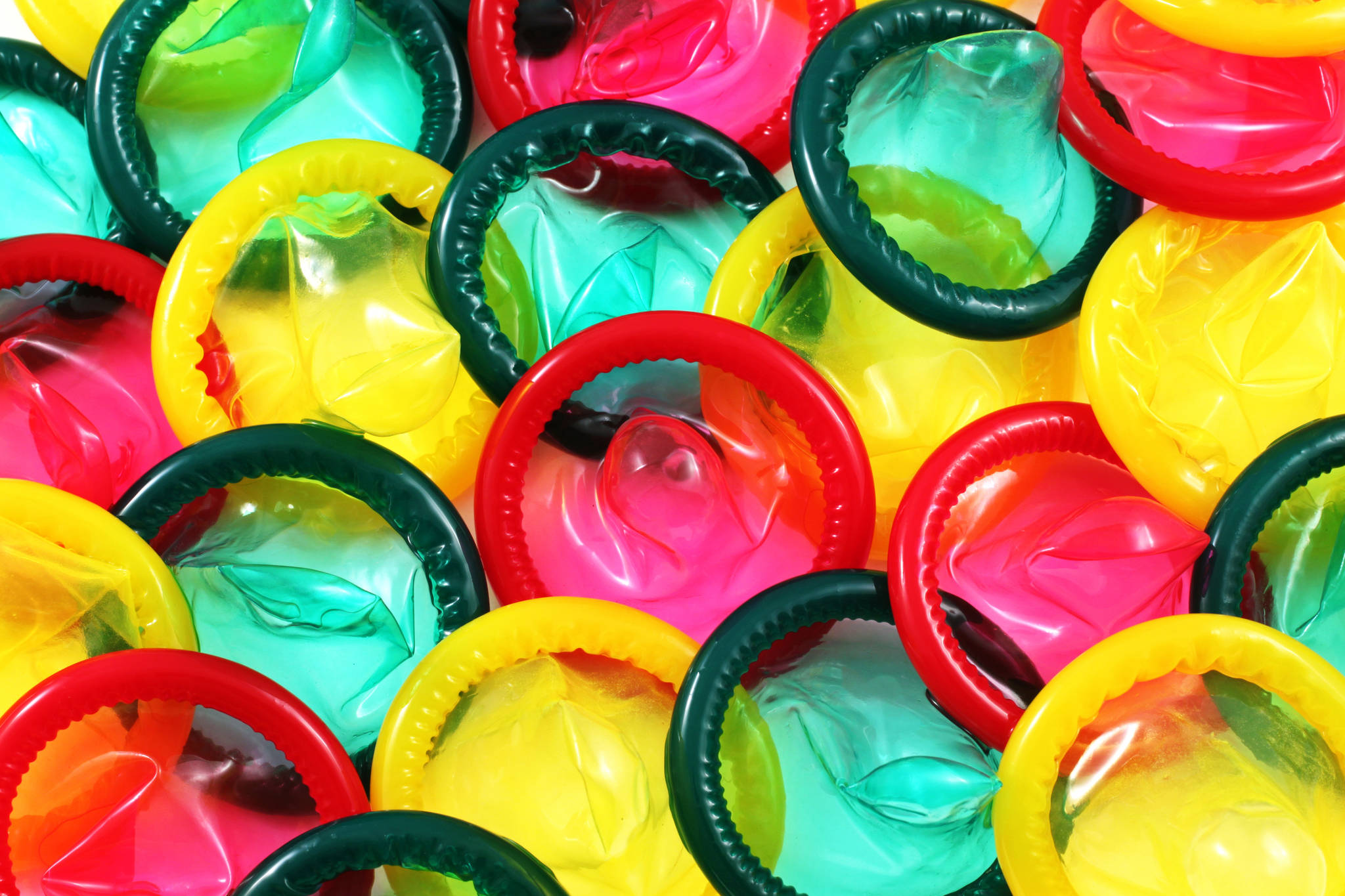Preparations are in overdrive as North America’s first total solar eclipse in 99 years approaches—as are the planning headaches. People are being warned that they can expect a traffic “armageddon” if they drive down to Oregon to view the eclipse in its totality; there are also fears that wildfire smoke could hinder the view. And now there’s a new hurdle: People are scrambling to find protective eye wear to actually view the eclipse, either because they procrastinated or because they got duped into buying a bad pair off Amazon.
It turns out legitimate eye protection is harder to come by than people expected.
As you should well know, staring at the sun, even when the moon is blocking it, can make you go blind. The American Astronomical Society has put forth standards and guidelines for people to follow when selecting their eye wear of choice for safely observing the eclipse. The only way to tell if a solar viewer safely blocks out the sun’s visible light and invisible but potentially harmful UV and IR radiation is if it meets the International Organization for Standardization’s (IOS) safety standard.
This seems easy enough. People found glasses that met the standards. Many, out of practiced convenience, ordered them off of Amazon.
The problem is, according to AAS press officer Rick Fienberg, that a few weeks ago it became clear that many people had been sold counterfeit solar viewers. A lot of them were imported from China but said they were made by American companies, and even had bogus ISO accreditation. Amazon has had to cancel shipments of these glasses and has offered refunds for purchases where they can’t verify the legitimacy of the manufacturer.
But, with the eclipse only days away, people are scrambling and stores across the country are selling out of the real, bonafide, solar eclipse glasses.
What is an eclipse chaser to do?
Buy welding masks and goggles, it seems.
The AAS has alternative viewing methods listed on its ophthalmologist-approved guidelines, one solution being a welding filter—which protect welders’ eyes from UV and IR rays they are exposed to.
Central Welding Supply in Seattle has seen an unprecedented surge in sales of the equipment.
Trevor Maclaren, an employee at Central Welding Supply, laughed when The Weekly asked if the stores had sold any welding filters in advance of the eclipse. He the uttered a very drawn out, almost weary, “Oh yeah.”
“Company-wide we’ve probably sold six to 700 welding filters,” Maclaren said. “We’re totally sold out.”
All of their vendors and suppliers have been sold out for more than a week as well, he said.
The eye protection welders use is shaded on a gradient from 1 to 14 depending on the what type of welding they’re doing. The AAS recommends using only filters with shades 12, 13, or 14, which are less common, thus making them all the more coveted.
The filters are still available online but at an inflated price of about $40. The filters usually go for $6.
Ever since the counterfeit eclipse glasses scandal broke, Fienberg has been drowning under a pile of concerned emails.
“I’ve been getting 20 emails an hour,” Fienberg says, “people are asking is this safe? And are those safe?”
Though it’s a nuisance, it shows people are paying attention to the AAS guidelines.
He’s been trying to encourage people that there are other ways to enjoy the eclipse that are safe. One of these is a pinhole projection. If you look at the ground at the shadow of a leafy tree during the eclipse you can see the shadows of crescent suns during the phases of the eclipse.
There are many safe alternatives and, as long as people follow the guidelines, nothing to worry about that will take away from the enjoyment of the eclipse.
“Still,” Fienberg laughed, “I get emails from people who ask silly questions like, ‘If I stay inside and close the blinds will I still be safe from the solar rays?’”
news@seattleweekly.com
